Best Disney live-action remakes, ranked! From The Lion King to Aladdin
Can The Lion King pounce to the top of our list?
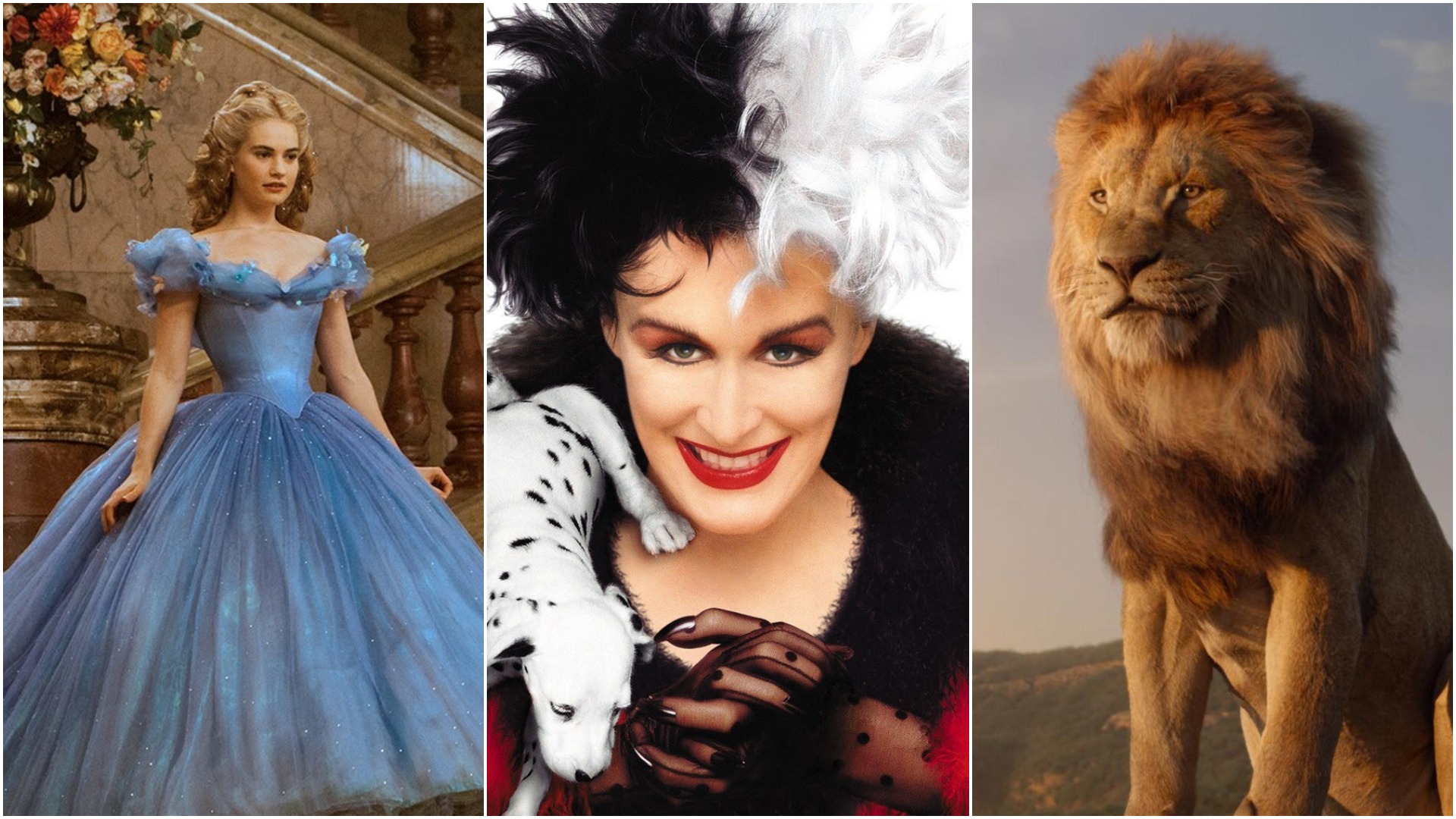
Disney’s steady stream of live-action remakes are no longer just a trend – they're an all-powerful, unstoppable machine. It doesn’t even matter whether you enjoy them or not: they’re here, they’re making billions of dollars at the box office, and Disney are probably continue to remake animated classics until the remakes start getting their own remakes (or global warming causes the entire planet to catch fire, it depends on the timing). As The Lion King prowls its way into cinemas, it becomes the third remake Disney’s released just this year, with Maleficent: Mistress of Evil arriving in October.
Although 1996’s 101 Dalmations was arguably an early warning of Disney’s future remake obsession, things only really kicked off when Tim Burton was hired to create a new adaptation of Lewis Caroll’s classic Alice in Wonderland, with its clear nods to Disney’s own take on the story from 1951. The film made over $1 bn at the box office, not only guaranteeing it a sequel (2016’s Alice Through the Looking Glass), but also incentivising Disney to flip through the rest of its back catalogue.
The studio's remakes tend to fall into two broad categories: there are the reimaginings (like Cinderella and Dumbo) which take the originals, often the ones people remember with a little less clarity, and play around with them. Characters will be added and parts of the story will be rewritten. But, of course, the most memorable elements always remain intact. Then there are the faithful remakes, which are almost shot-for-shot recreations of the films of the Disney Renaissance (spanning from 1989’s The Little Mermaid to 1999’s Tarzan).
Even though we’re all very aware that they’re only being made to exploit our collective nostalgia and get big bucks in return, that doesn’t mean that they’ve necessarily been a waste of time. The better remakes have found ways to reinterpret or add depth to their source material, offering new ways to view familiar stories. So, in that light, here are all them ranked from worst to best. And if you disagree? Hakuna Matata, let us know your own thoughts down in the comments.
NB: This list deals strictly with adaptations of animated films, which sadly means the best remake Disney has made in years, 2016’s Pete’s Dragon, is not eligible for inclusion. We also decided not to include the 1994 live-action version of The Jungle Book because, honestly, who remembers it?
12. Alice Through the Looking Glass (2016)
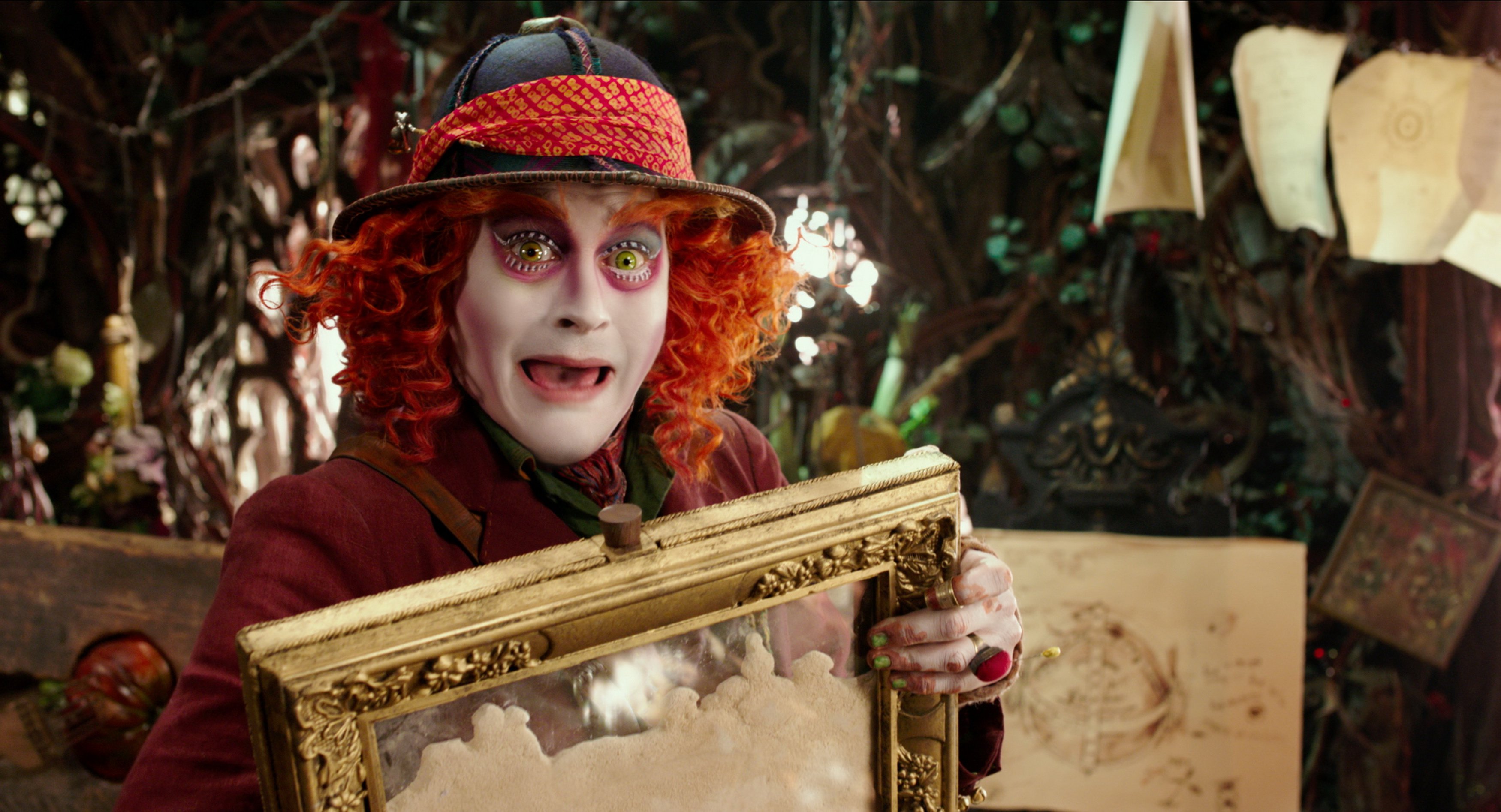
If the first Alice in Wonderland wasn’t disappointing enough (more on that later), its sequel only propelled the series further and further away from its source material, with the film being an adaptation of Carroll’s own Alice sequel in name only. What screenwriter Linda Woolverton instead conjured up – with James Bobin as director and Tim Burton as producer – was an unnecessarily confusing story involving time travel and a trip to a mental hospital as Alice (Mia Wasikowska) returns to Wonderland (or Underland, as its denizens call it) to save an ailing Mad Hatter (Johnny Depp). It’s worth noting: although there was never an animated version of Alice Through the Looking Glass, the 1951 film integrated several scenes from the book, including Tweedle Dee and Tweedle Dum.
11. Alice in Wonderland (2010)
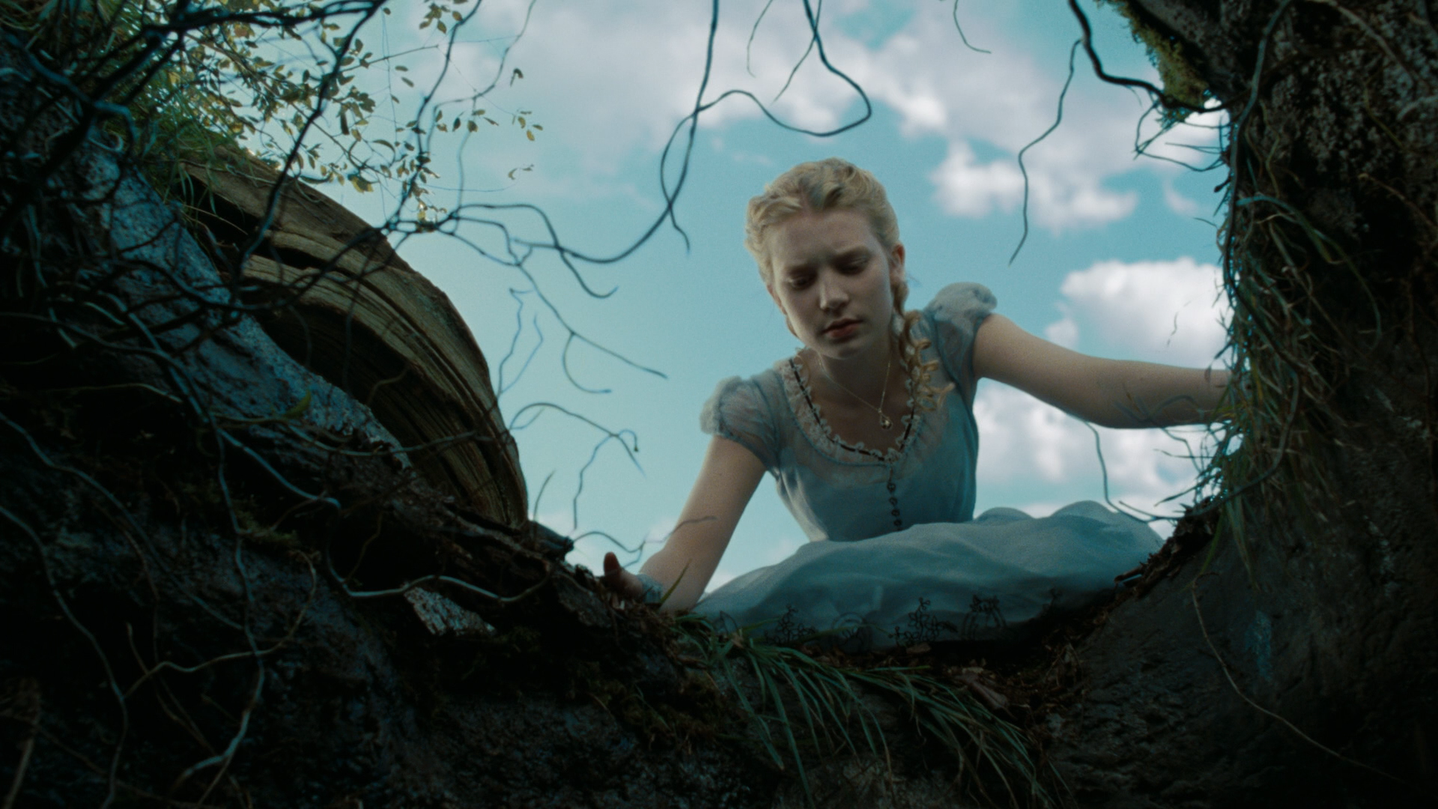
The film that sparked this whole trend in the first place is also, ironically, one of its weakest entries. Which is unfortunate, considering this should have been a match made in heaven. Hollywood’s number one goth, Tim Burton, adapting one of the weirdest children’s books ever made? What could go wrong? Almost everything, apparently. There are still traces of Burton’s own witty, offbeat humour here (Helena Bonham Carter’s bobblehead Queen of Hearts is particularly fun), but the film is completely bogged down by Disney’s need to make everything bigger and more epic. Alice (Wasikowska) returns to Underland for the first time since she was a child, only to discover its a grim place where dragons commit mass murder and something called the “Futterwacken” exists (doesn’t it make you shudder just to think about it?).
10. Beauty and the Beast (2017)
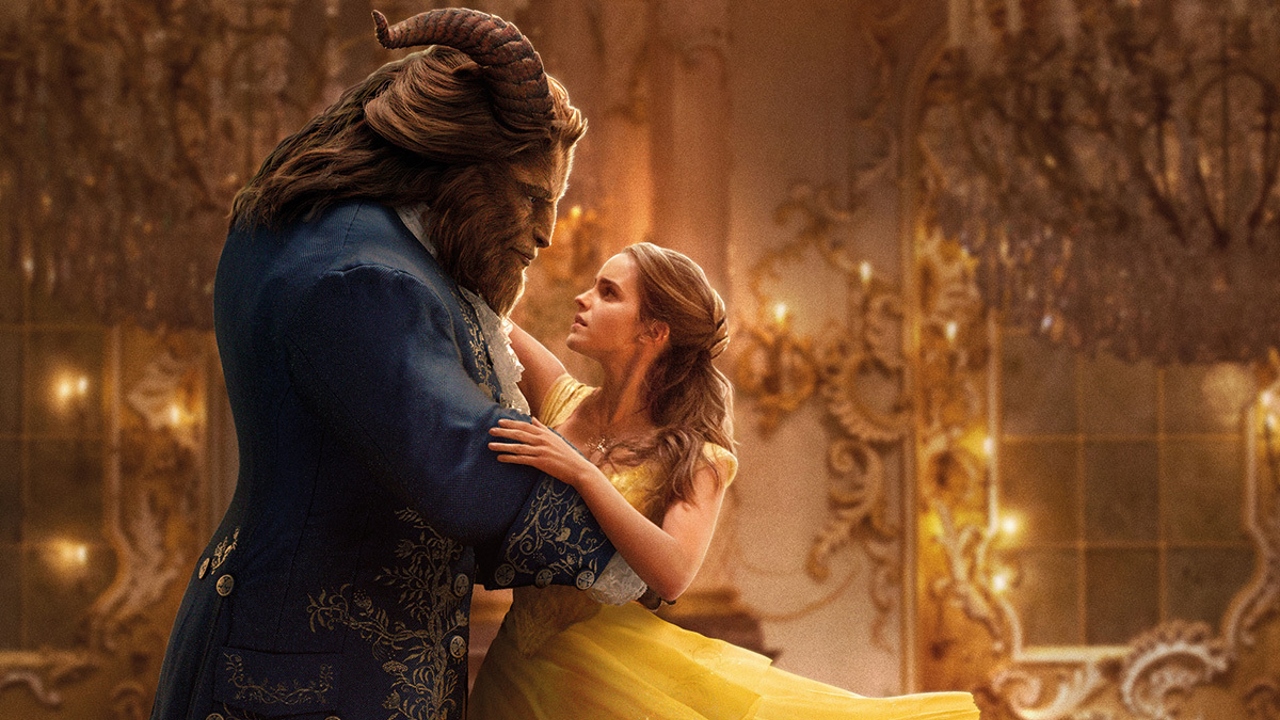
Arguably the remake that suffered the most from staying overly faithful to the source material, Beauty and the Beast really has nothing new to offer audiences. That is, unless you enjoy an excessive use of autotune, mildly frightening renditions of Lumière and Cogsworth, an oddly cheap-looking iteration of Belle’s famous yellow dress, and a new flashback that actively weakens the original story. The film, directed by Bill Condon, did throw in a few new songs, at least. The problem is that they’re all instantly forgettable, which just begs the question as to why none of the fantastic songs from Broadway musical were used.
9. 102 Dalmatians (2000)
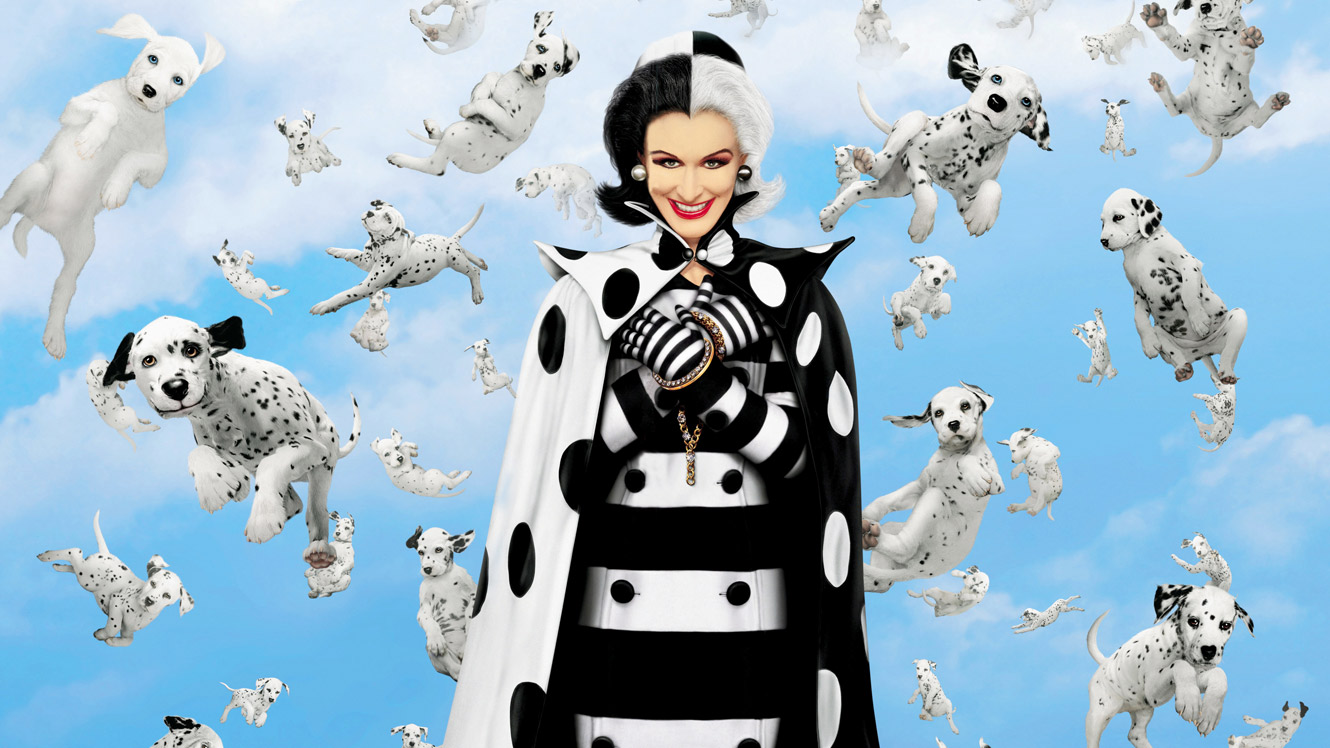
This sequel’s worst crime is, admittedly, being pretty forgettable. The only real reason it exists is to bring back Glenn Close’s truly fabulous portrayal of the villainous Cruella de Vil – which is a pretty good reason, to be fair. That, and the to-die-for outfits she wears, designed by Anthony Powell. Directed by Kevin Lima, the plot’s a little odder than would be expected: Cruella is released from prison, now cured of her addiction to fur coats. That is, until she hears the bongs of Big Ben and all her years of therapy are instantly reversed. She’s back to her puppy stealing ways, although this time, her ambitions are even grander: she wants 102 puppies, so that her dalmatian fur coat can come with a hood.
8. Aladdin (2019)

There are a few alterations to the original film here that make Disney’s Aladdin remake so close to being an out-and-out success. Mena Massoud and Naomi Scott make for charming leads, plus their voices pack a punch. Jasmine really benefits from having an extended role in this version, while the film does an adequate job of trying to rectify the 1992 film’s most egregious examples of racial stereotyping. Will Smith even makes for a decent Genie, except for the moments where the film forces him to directly replicate (and inevitably fall short of) Robin Williams’s original performance. It’s such a shame then, that the film was handed over to a director who seemed so obviously unsuited to the material. Guy Ritchie can direct an action scene, sure, but the musical numbers? It’s like the camera is never in the right place.
7. Maleficent (2014)
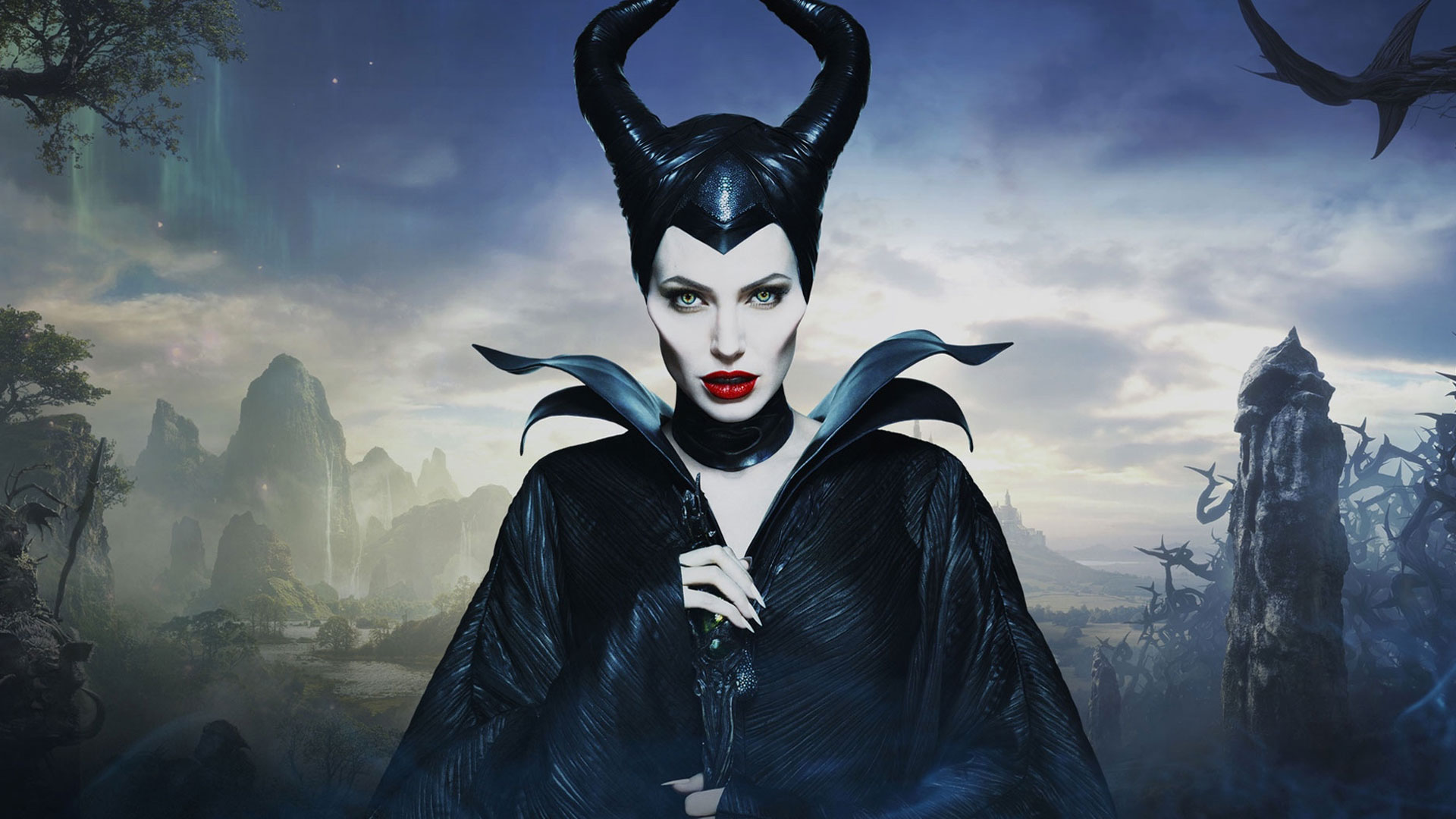
Maleficent may suffer from clumsy plotting and dodgy CGI, but it deserves recognition for arguably having the most original take on a Disney classic. It’s not so much praiseworthy for the fact that it creates a Wicked-esque backstory for the Sleeping Beauty villain, but for the way it uses this new narrative to craft a subtle, but powerful metaphor for sexual assault. At one time, Maleficent was a fairy who was betrayed by her human lover, who violated her by cutting off her wings. It’s a trauma that never leaves her. Angelina Jolie not only delivers on these complex emotions, but she’s an utter delight when Maleficient finally goes full evil. Just hearing her deliver the line “well, well, well” is almost enough to warrant a sequel on its own.
Sign up for the Total Film Newsletter
Bringing all the latest movie news, features, and reviews to your inbox
6. Dumbo (2019)
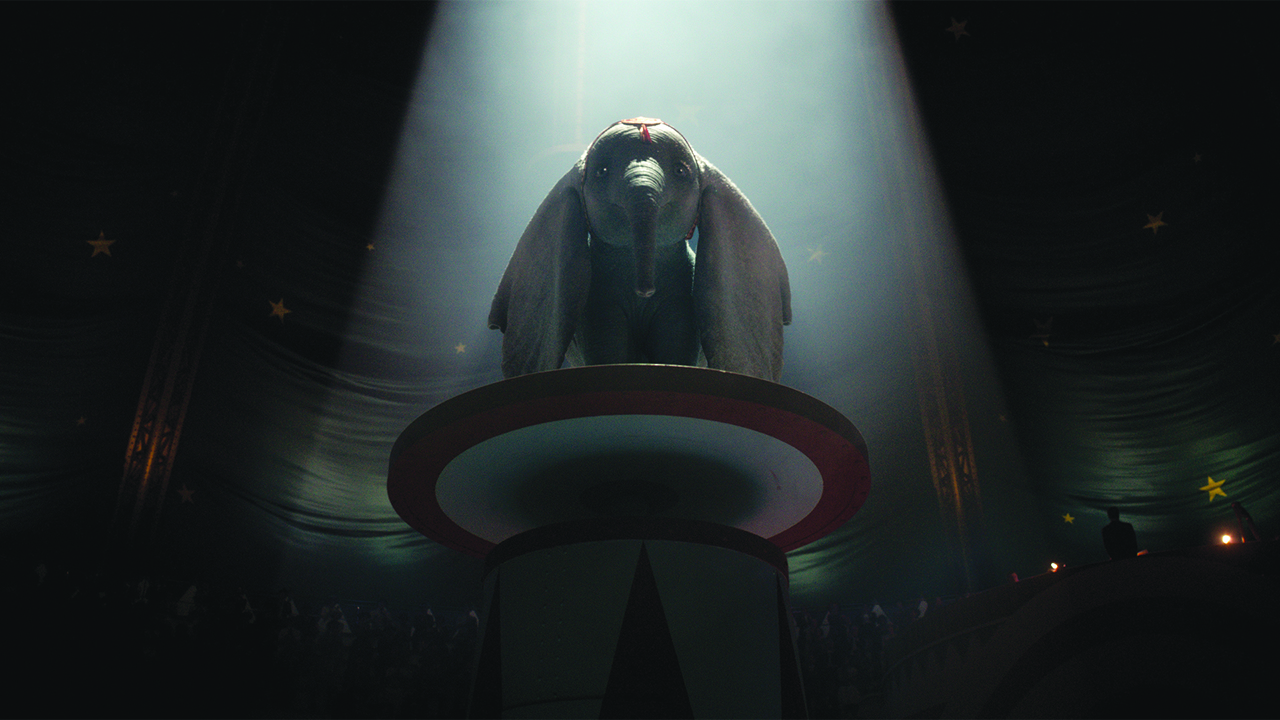
Tim Burton’s second stab at a Disney remake was certainly more successful than his first. The film picks up on a lot of the director’s favourite themes, specifically stories about outsiders who are made fun of for their appearance finding an unlikely family in those who accept them for who they are. This is also the third time Danny DeVito has played a ringmaster for the director, following 1992’s Batman Returns and 2003’s Big Fish. Plus, with the original film only running at 65 minutes long, the director and screenwriter Ehren Kruger had a lot more room to carve out their own perspective, introducing a sweet (if not particularly hard-hitting) story about a father (Colin Farrell) struggling to care for his children after the loss of his wife.
5. 101 Dalmatians (1996)
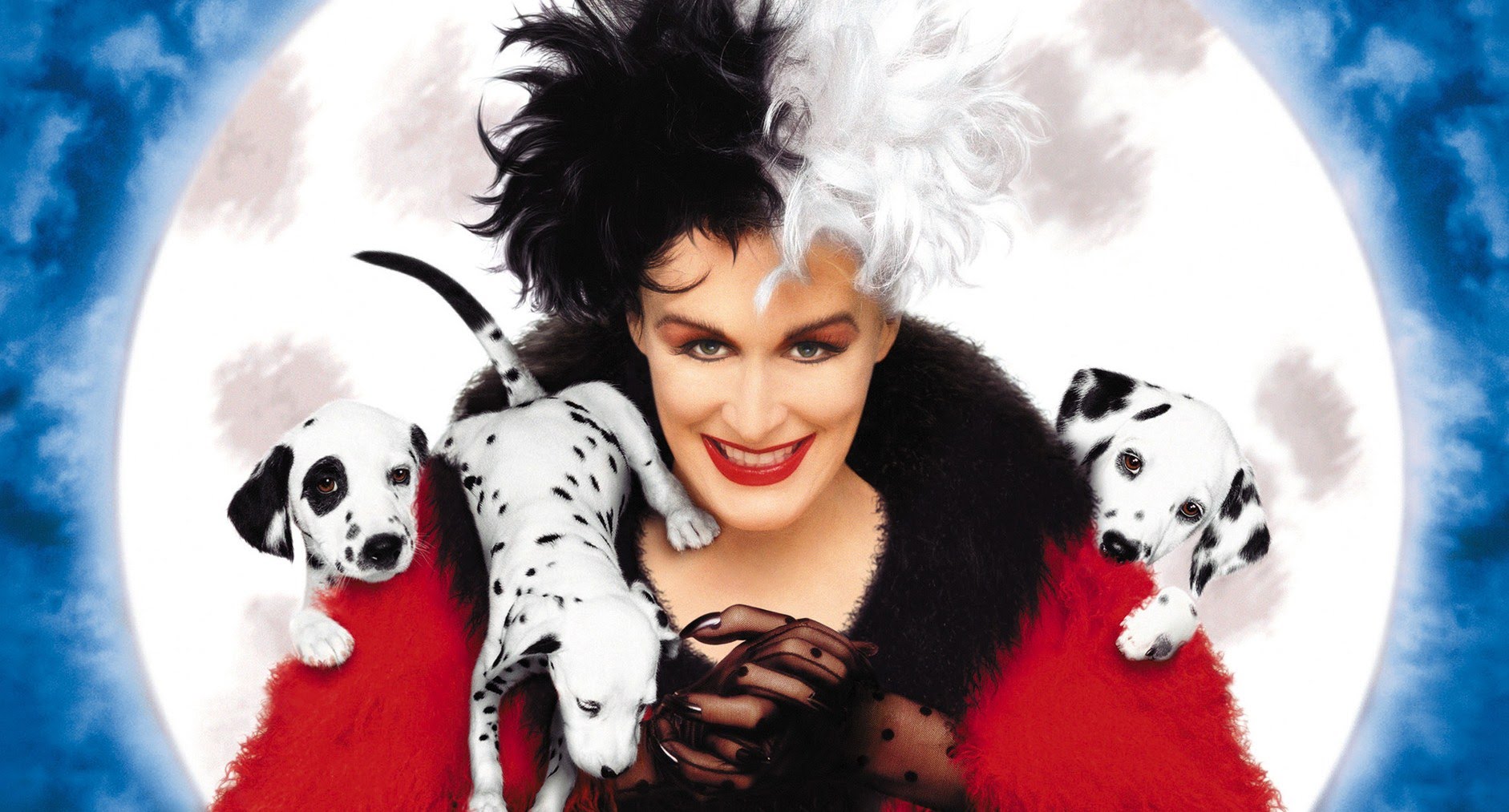
A Disney live-action remake before Disney live-action remakes were really a thing, 101 Dalmatians still has plenty of charm two decades down the line. Directed by Stephen Herek, it’s a relatively straightforward adaptation of the 1961 animation, with Jeff Daniels’s Roger and Joely Richardson’s Perdita nailing their meet-cute scene, after their dogs run amuck and they both end up in the lake at St James’s Park. There’s also plenty of Home Alone-inspired slapstick, alongside an endless parade of adorable pups. But, most importantly, this film is all about Close’s Cruella de Vil. She’s despicable, she’s unhinged, and even the great Joan Crawford probably couldn’t have done a better job.
4. Christopher Robin (2018)
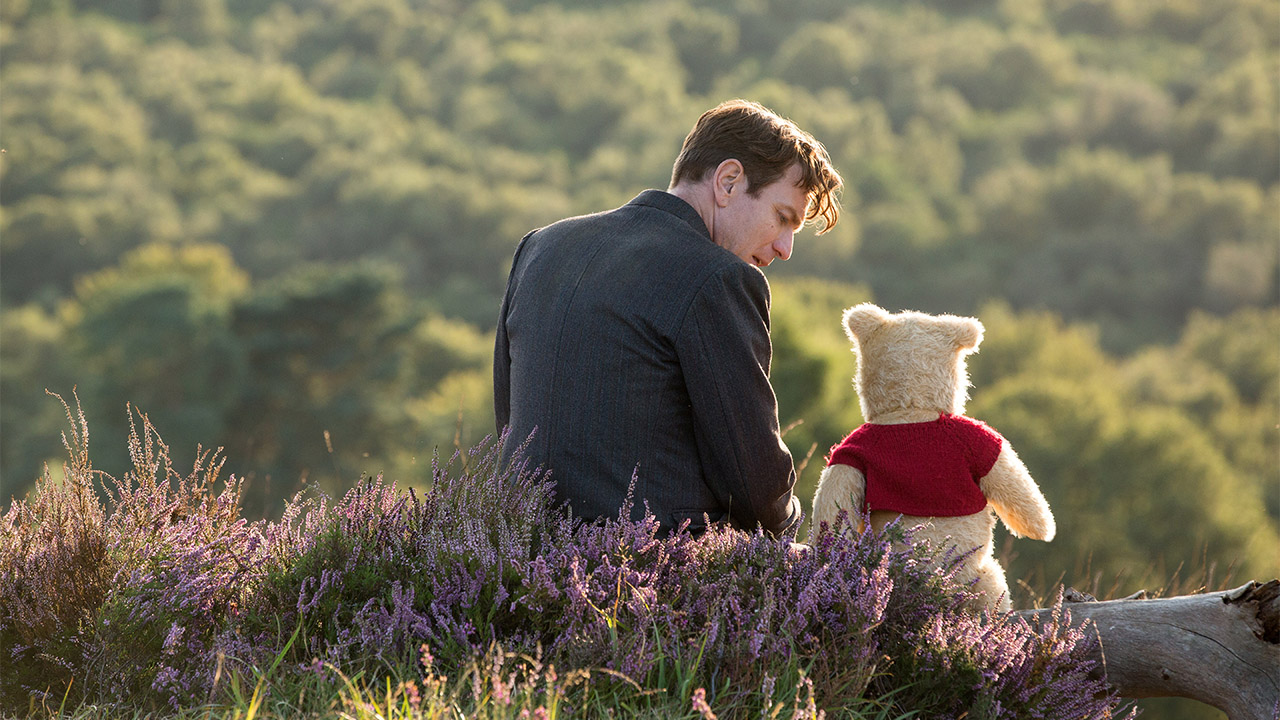
There’s nothing particularly surprising about the plot this film follows. It visits a grown-up Christopher Robin (Ewan McGregor) as he learns to embrace his inner child once more, all with the help of the stuffed animals he once called friends. Yet, what’s unexpected is the quiet sense of melancholy that pervades this film, as it uses its post-WWII setting to explore ideas of Britain’s lost innocence and Winnie the Pooh embraces his role as accidental philosopher and life guru. In fact, the film’s biggest drawback might just be that it seems more aimed at adults than children, since it exploits nostalgia in a way that will probably make you weep over the toils of adulthood.
3. The Lion King (2019)
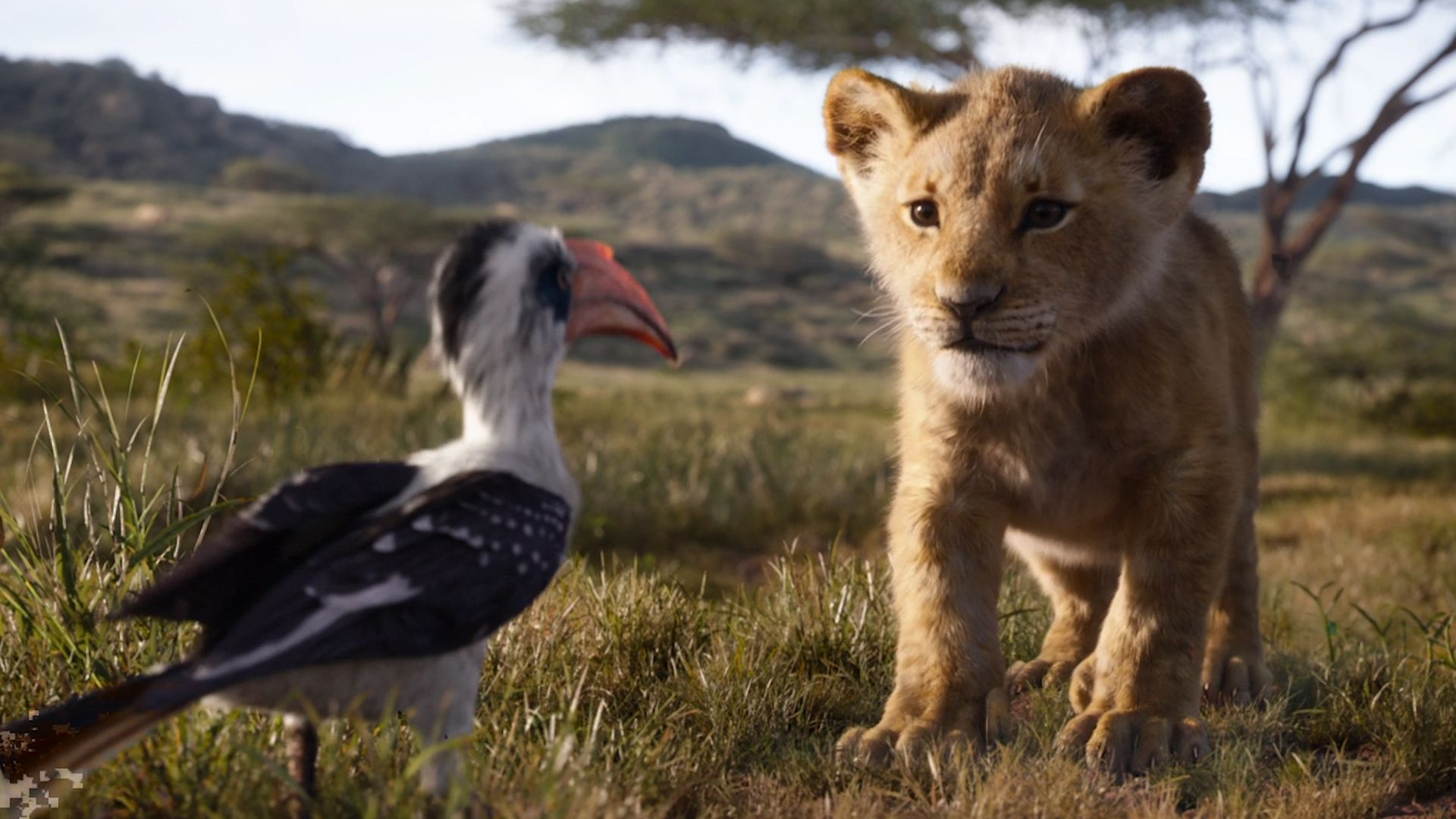
Although The Lion King has proven divisive among critics (is it a milestone in special effects history? Or a safari straight through the uncanny valley?), it also takes one of the biggest and, arguably, most interesting risks of all the Disney remakes. Director Jon Favreau, building off the work he did on The Jungle Book, made the decision to reframe one of the most beloved Disney animations of all time in the style of a nature documentary – it feels like, at any moment, David Attenborough could suddenly chime with his thoughts on meerkat-warthog interspecies friendships. True, it’s cheating to include this film on the list considering none of it is actually live-action (except for one, secret shot, apparently), but it all looks so realistic that it doesn’t exactly feel out of place with the other films. You could almost be fooled into thinking Disney had actually trained real lions to sing just like Beyoncé.
2. The Jungle Book (2016)
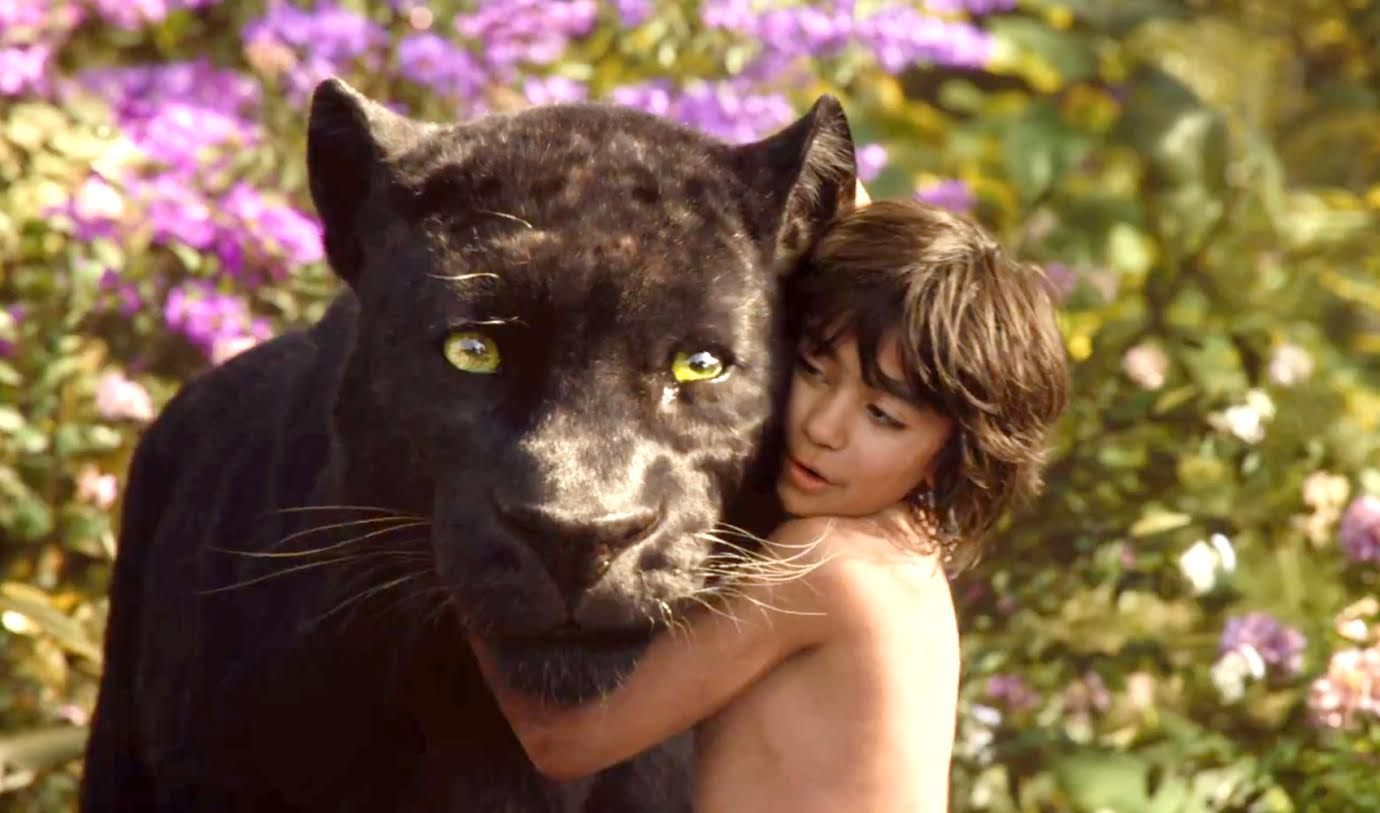
The Jungle Book, thankfully, fits much more neatly into the category of live-action remakes. Although the trees, plants, and creatures are all CGI creations, the film is anchored by a real, human performance – Neel Sethi’s adorable turn as Mowgli, the orphan boy raised by wolves who sets off on a journey to rediscover his roots. Plus, screenwriter Justin Marks manages to add an epic quality to the story that (unlike a lot of the other entries on this list) doesn’t feel forced, as the jungle becomes a battleground and its inhabitants discover what they truly value in life. And it’s all without sacrificing the key moments that made the original such a classic. Bill Murray singing “The Bare Necessities”? It’s a guaranteed delight.
1. Cinderella (2015)
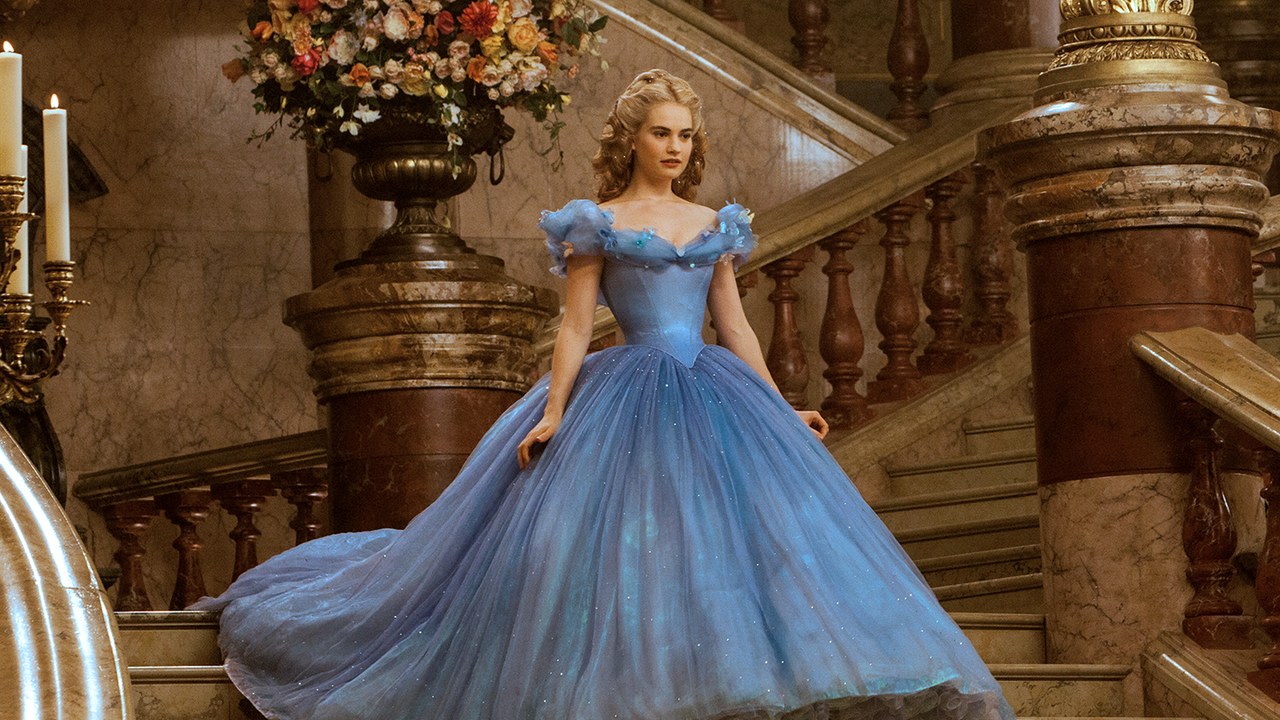
Let this be an example to any future director who tries to take on a Disney classic: this is exactly how you do it. Kenneth Branagh achieved a perfect balance with his remake of the 1950 animation. It deepens the original without actively working against it; it offers a new perspective while still maintaining the same mood; and, most importantly, it still comes with a sprinkling of good, old-fashioned magic. This retelling doesn’t do anything particularly radical to the original story, but it does add the kind of style and elegance you’d usually expect from an adaptation of a Jane Austen novel by surrounding its characters in beautiful, English gardens and featuring ballroom scenes populated by richly attired extras. Because what more do you want from a Cinderella film than unrepentant romanticism?
Chris Weitz’s script adds new layers to the characters, especially Cinderella herself, played by Lily James (who, let’s face it, is a real-life Disney princess), adding the beautiful mantra: “Have courage, be kind.” Cate Blanchett also lets her version of Lady Tremaine, the evil stepmother, be as fabulously evil as she is filled with regret and bitterness. And, crucially, there’s no feeling that the film exists to outshine or replace the original in any way, instead delivering a version that recaptures the emotions of the first film without feeling tied down by them.
Clarisse is a freelance film journalist, and is a film critic for The Independent. She also writes in a freelance capacity for a number of publications such as GamesRadar and Total Film, and is the co-host for the Fade to Black Podcast. She also runs her own YouTube channel focused on film reviews.


